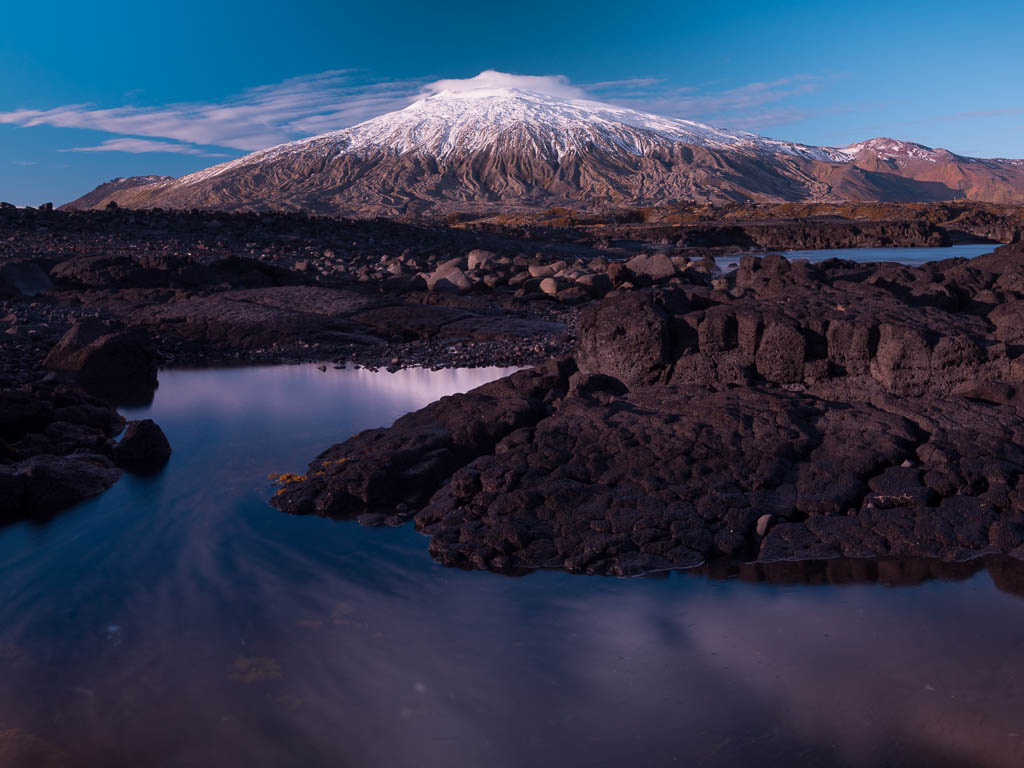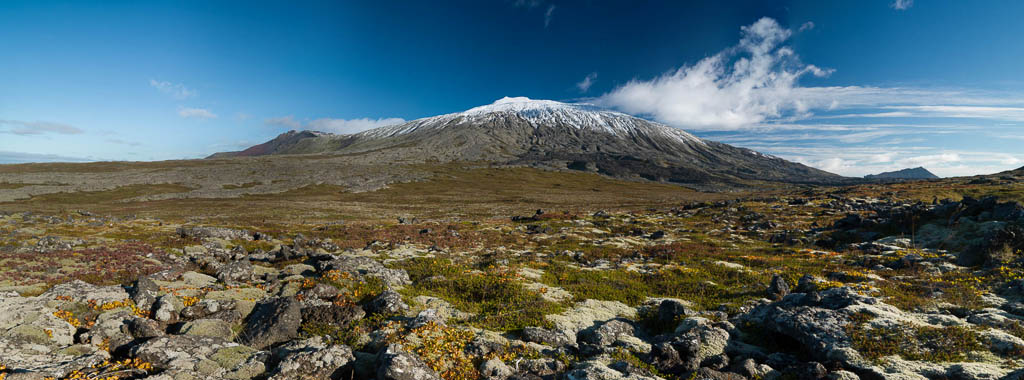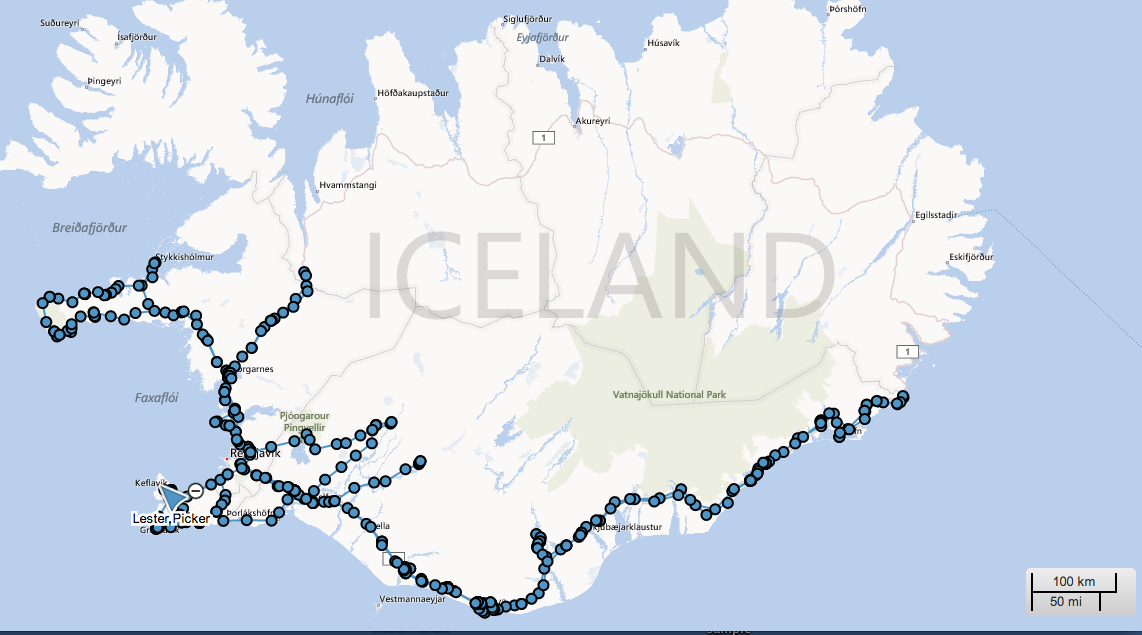
Reflections on Iceland
Leaving Iceland today, I thought I’d offer my photographer readers some reflections about this amazing island, as well as some tips. Please check back, as I’ll add items as I think of them and as you write me with your comments and suggestions (with full credit to those of you who offer tips).
Equipment
First and foremost, there is simply no way one can describe, let alone capture on film or sensor, the full beauty of this paradise. It is a photographer’s Valhalla, with endless creative possibilities, from striking landscape photography to domesticated animals to interesting people and architecture.
TIP: Bring lots of equipment. You’ll need wide angles, a mid-range zoom and a medium telephoto. Unless you plan to photograph puffins or other birds, you can leave the 300/400/500/600 home. If you have a wide-angle tilt-shift, by all means bring it. Throw in a polarizer, of course. I pay for an extra suitcase so that I can take my backpack and my non-breakable photo accessories along; it’s well worth the extra $25-100USD.
TIP: Learn how to take panoramic images and practice before you arrive. Iceland is a country of grand scenics that no wide angle can adequately represent.

Weather
Next up for the photographer is the wind. Iceland, sitting as it does in the north Atlantic and surrounded by warm water currents, is a moderate climate, but windy as all get out.
TIP: Bring along a sturdy tripod. Make sure it has a hook underneath the head, or rig one up yourself. Hang your backpack on the hook, or use a bag with rocks in it (they are everywhere on this volcanic island). Tripods are all about mass and the more you have the steadier it will be. Also, use mirror lock-up to further reduce camera shake.
Rain is also frequent in Iceland. The weather changes quickly, so always have a top-notch waterproof windbreaker handy.
TIP: Buy a rain jacket for your camera, too, but leave the umbrella home. If it is raining, chances are it will also be windy. Those umbrellas that clamp to your tripod are downright dangerous, as they act as a wind sail and can topple your gear in one quick gust.
TIP: Be sure to have dry microfiber cloths to wipe your lenses constantly at misty waterfalls.
Driving
You will need to rent a car to photograph in Iceland, as its most iconic locations are far apart.
TIP: Rent a mid-size to large-size 4-wheel SUV. Avoid those little Suzuki Jimmy 4-wheelers. They are too small to handle Icelandic gravel roads and weather, as I learned on a recent visit. Their gas tanks are pitifully small and the last thing you want to do is waste time before a sunrise shoot driving 30 K out of your way to fill up.
TIP: Download a graphical list of ‘Icelandic road signs’. Just Google the phrase and you’ll get lots of hits.
TIP: Don’t speed. Iceland is very serious about this, as my $250 USD speeding ticket on my first visit to the island proves. When you see a sign that reads ‘Munum Eftir’- SLOW DOWN! That’s a speed camera warning and they are all over the island. Pay particular attention to the 30km limits around schools. There are very few police cars around, but those cameras will getcha!
TIP: Drive off-road. There are myriad gravel roads in Iceland that offer fun driving experiences and the possibility of extraordinary images. Be careful, use good judgement, drive slowly and you will be well rewarded.
TIP: Buy a few 10,000Kr ($82USD) gas fill-up cards from N1 stations. The stations are ubiquitous throughout the island. The cards are good for food, too, and most N1s serve sandwiches and many have grills. The gas pumps are all automated and an attendant will be happy to explain to you how they are used. Oh, gas is expensive in Iceland (approximately $9.00USD/gallon). On our most recent trip we put on 2,400 miles and we only covered half the island. Here is my DeLorme GPS Emergency system map of my journey.

People
Icelandic people are exceptionally friendly. Most speak English.
TIP: Don’t be afraid to stop and ask for directions, suggestions for places to photograph or to learn more about their culture. They are happy to share and are rightfully proud of their culture. However, as a courtesy and for the sake of your fellow photographers, please be sure to ask before photographing anyone.
Lodging
Lodging in Iceland can be a great, adventurous experience. On our recent 10-day visit, other than the first and last nights, we did not have any lodging reserved in advance. I set a goal of what area I want to be in on a given day, but then I like to let my photography dictate where I end up on any particular night. Yes, I have developed favorite lodging that I return to if I am in the area (I’d be happy to share them with you… just email me), but most of the time, before it begins to get dark, I find a likely B & B, usually part of a farm family’s operation, and book on the spot. You get to meet friendly people, get valuable shooting intelligence, sleep in a clean bed, and start your day with a hearty breakfast. If the B & B is full, they helpfully call around to neighboring lodging to find you a place.
I always stay in the Hotel Keflavik when I fly in and out of the airport. It is a great hotel with a top-notch restaurant (Idno). It is also a solid base for an exploration of the Reykjanes peninsula, an under-rated photo paradise that you would do well to take two or three days to explore.